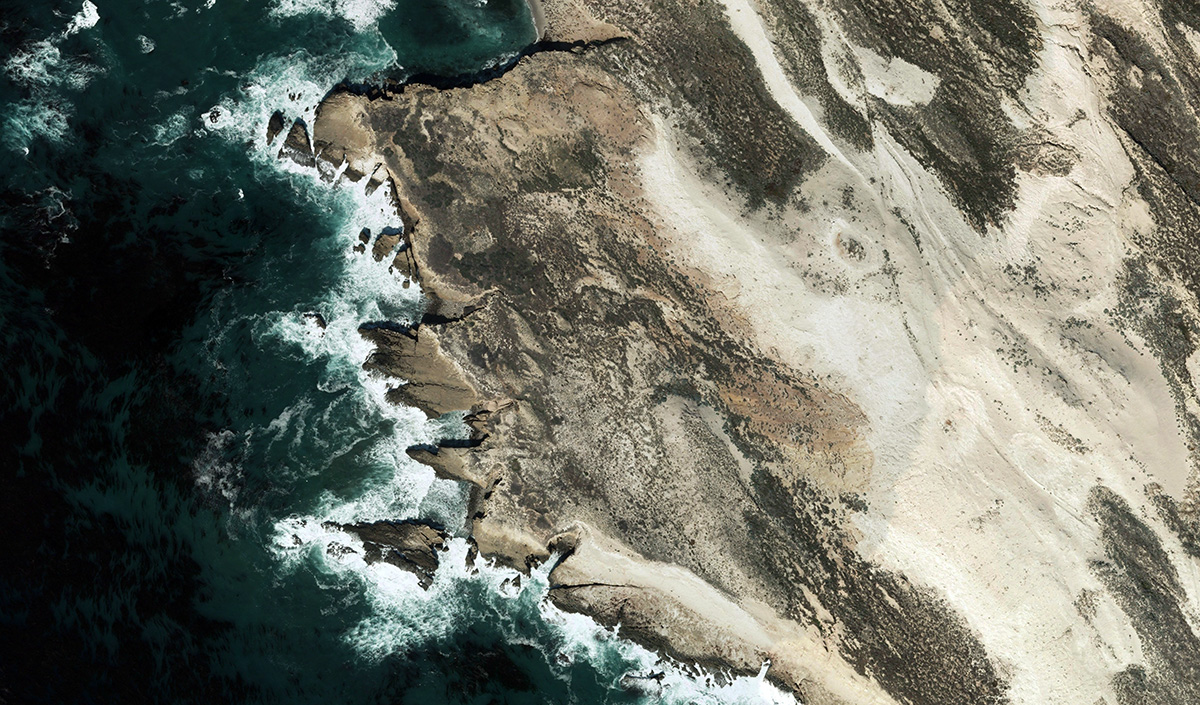Restoration

Summary of the Story
By Dr. Lotus A. Vermeer
Marine Biologist, UC Santa Barbara.
Santa Cruz Island
Twenty-five miles off the coast of southern California, Santa Cruz Island is a world away from Los Angeles’ urban landscape. Never connected to the mainland, the island has evolved into an oasis of extraordinary life forms. More than 1,000 species of plants and animals inhabit the island’s high peaks, vast meadows and 77 miles of dramatic coastline. Introduced non-native species and historical human disturbances have threatened the survival of many of these species — 12 of which are found nowhere else on Earth — nearly driving them to extinction.
When The Nature Conservancy purchased most of Santa Cruz Island in 1978, the island was on the brink of biological collapse. The once densely vegetated hillsides and valleys were overgrazed by feral sheep and excavated by feral pigs that were descendants of livestock brought to the island by Euro-American settlers more than a century ago. While devouring native plants and spreading weeds throughout the island, pigs also attracted a new predator to the island — golden eagles — which feasted on piglets and the diminutive island fox, wiping out 95 percent of the fox population in less than a decade. The island’s native bald eagles, which are highly territorial and prey on fish rather than foxes, had been wiped out by DDT contamination nearly five decades ago, leaving the golden eagles free to devastate the fox population.
An Island Comes Alive
The Nature Conservancy, the National Park Service and U.S. Fish & Wildlife Service pooled their resources, engaging in an intensive, science-based restoration program to save the island fox and revitalize the natural communities of Santa Cruz Island.
Essential to reviving the island’s sensitive ecosystems was the elimination of feral sheep by the late 1980s and pigs, which were removed in 2006.
More than 40 golden eagles that had taken up residence on the island were captured and relocated to the mainland, while bald eagle chicks were reintroduced and carefully raised and released into the wild. For the first time in over half a century, bald eagles successfully nest again on the island.
To restore the island fox population, island-wide monitoring efforts were stepped up, and a captive breeding program was launched in 2002. The island fox recovery program is heralded as one of the fastest and most successful endangered species recovery programs in the country. For the first time in over 150 years, the island is free of non-native animals, and native species are flourishing.
Managing the Present, Protecting the Future
Efforts are now focused on preserving the island’s delicate balance and exporting what has been learned to other Channel Islands and island conservation projects around the world.
With thousands of boaters and hikers visiting the island each year, managing human interaction with native plants and animals is vital to maintaining the island’s health. Educational outreach efforts instill in visitors the importance of protecting the island’s delicate ecology and preventing the introduction of non-native species. Research and restoration work continues, including regular check-ups on the island’s radio-collared foxes to monitor their health and administer vaccinations for canine distemper — a disease easily contracted from domesticated dogs illegally brought ashore by boaters.
Video Segment : Restoration
Image Gallery
Teacher-Created Lessons and Resources
(Restoration 2A)
Human Impact on Food Web of Island
General Science/Earth Science/ Biology/ AP Biology, Environmental Science, AP Environmental Science
Grades 9-12
(Restoration 4A)
Natural Resources & Human Uses of Plants & Animals
History/ Social Studies, Language Arts, Science
Grades 4-8
(Restoration 5A)
Santa Cruz Island – Writing for Information
Language Arts, Science, History/Social Studies
Grades 6-12
Additional Resources
from Dr. Lotus A. Vermeer
Download Teaching Materials
All of the teaching materials are free to use for educational purposes. All we ask for is to fill out the form below with some of your information. The download links will appear after you successfully submit your information. Thank you.























